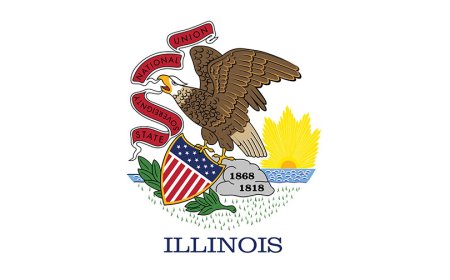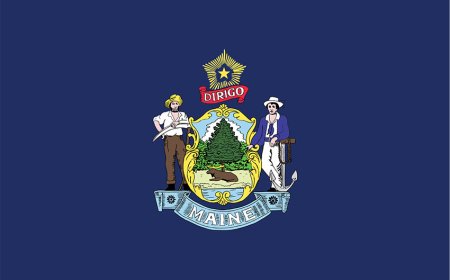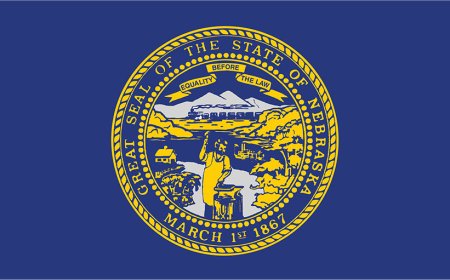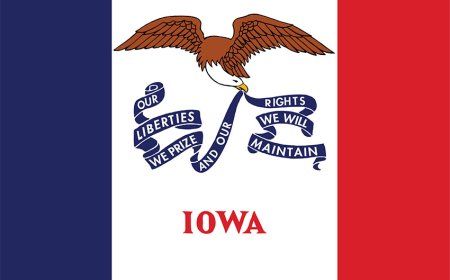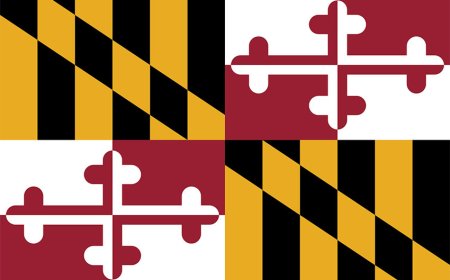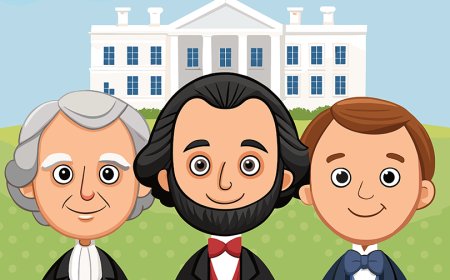California the Golden State
California the Golden State
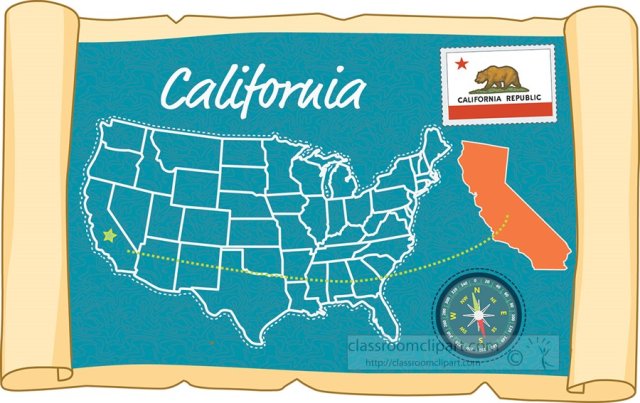

Introduction
California, nicknamed the Golden State, stretches along the western edge of the United States from the Pacific Coast to the Sierra Nevada mountains and the Mojave Desert. Home to towering redwoods, fertile valleys, and vibrant cities like Los Angeles and San Francisco, California’s landscapes and cultures are as diverse as its people. From Gold Rush pioneers to today’s tech innovators in Silicon Valley, California has played a central role in American history, economy, and popular culture.
Statehood: September 9, 1850 (31st state) Capital: Sacramento Largest City: Los Angeles Nickname: The Golden State Motto: Eureka (I have found it) Area: 163,696 mi² (3rd largest) Population: ~39.1 million (2020 census) Highest Point: Mount Whitney (14,505 ft) Lowest Point: Death Valley (–282 ft) State Bird: California Quail State Flower: California Poppy State Tree: Coast Redwood

Quick Fact Box
- Statehood: September 9, 1850 (31st state)
- Capital: Sacramento
- Largest City: Los Angeles
- Nickname: The Golden State
- Motto: Eureka (I have found it)
- Area: 163,696 mi² (3rd largest)
- Population: ~39.1 million (2020 census)
- Highest Point: Mount Whitney (14,505 ft)
- Lowest Point: Death Valley (–282 ft)
- State Bird: California Quail
- State Flower: California Poppy
- State Tree: Coast Redwood
Where in the USA
California occupies the far western corner of the contiguous United States. It is bordered by Oregon to the north, Nevada and Arizona to the east, and the Mexican state of Baja California to the south. The Pacific Ocean forms its entire western boundary, offering over 800 miles of coastline. Major regions include the coastal cities and beaches, the Central Valley farmlands, the Sierra Nevada mountain range, and the arid deserts down south.
History of California
California’s history begins long before European contact, when dozens of Native American tribes thrived across what is now California. From the Yurok and Hupa in the north, whose world revolved around salmon fishing in mighty rivers, to the Chumash along the southern coast, who built plank canoes and traded shell beads, these peoples managed highly specialized economies based on acorn gathering, fishing, hunting, and trade. Archaeological sites like the milling stones at Indian Grinding Rock State Historic Park and the rock art of the Coso Range testify to complex societies that flourished here for at least 10,000 years.
In 1542, Spanish navigator Juan Rodríguez Cabrillo became the first European to sail along California’s coast, mapping its bays and inlets. Yet it was over two centuries later—1769—when Father Junípero Serra established the first mission at San Diego that California began to see sustained European settlement. Between 1769 and 1823, Franciscan padres founded 21 missions stretching north to Sonoma, creating a chain of towns that introduced European agriculture, livestock, and the mission system—often at the devastating expense of indigenous populations through disease and forced labor.
Following Mexico’s independence from Spain in 1821, California became a Mexican province. Vast land grants created the iconic rancho estates where Californio families raised cattle and produced hides and tallow for export. The arrival of American trappers, settlers, and traders—drawn by Hudson’s Bay Company posts like Fort Ross—began to shift the balance of power. Tensions culminated in the Bear Flag Revolt of 1846, when a group of American settlers in Sonoma briefly declared an independent California Republic before being subsumed into U.S. forces during the Mexican–American War.
Everything changed in January 1848 when gold was discovered at John Sutter’s mill in Coloma. News of the strike raced around the world; by 1849, some 300,000 “Forty-Niners” had flooded California’s rivers and foothills, spawning boomtowns like Sacramento, Stockton, and San Francisco. The Gold Rush sparked rapid population growth, forced the displacement of Native communities, and accelerated infrastructure projects—most notably the state’s admission to the Union on September 9, 1850, under the Compromise of 1850.
In the latter half of the 19th century, railroads stitched California to the rest of the nation. The transcontinental railroad reached Sacramento in 1869, and feeder lines opened the Central Valley for large-scale agriculture. Meanwhile, the population diversified further with immigrants from China, Europe, Latin America, and later Japan—though anti-immigrant laws, such as the Chinese Exclusion Act of 1882, reflected deep social tensions.
The 20th century saw California transform again. Hollywood emerged as the world’s film capital in the 1910s, while the completion of the Golden Gate Bridge in 1937 symbolized engineering prowess. During World War II, shipyards in San Francisco and aircraft plants in Southern California powered the war effort and drew millions of workers—setting the stage for unprecedented postwar growth. The 1950s and ’60s ushered in the aerospace boom, and by the 1970s Silicon Valley, originally home to semiconductor pioneers like William Shockley and Fairchild Semiconductor, gave birth to firms such as Intel and later Apple and Google.
Today, California remains a global powerhouse: an economic juggernaut whose GDP rivals that of many nations. Its industries span technology, entertainment, agriculture, and renewable energy, and its universities—from UCLA and UC Berkeley to Stanford—are centers of cutting-edge research. Yet the state also grapples with challenges rooted in its history: water scarcity in the arid south, wildfires that threaten its forests and communities, and a legacy of social inequality. The story of California is thus one of continual reinvention, shaped by its remarkable landscapes and the diverse people who call it home.

Landmarks and Attractions
California’s landmarks range from natural wonders to iconic man-made sites. Yosemite National Park is famed for its granite cliffs, waterfalls, and giant sequoias. The dramatic coastline of Big Sur features rugged cliffs and turquoise waters along Highway 1. In the south, Disneyland in Anaheim pioneered the modern theme-park experience. San Francisco’s Golden Gate Bridge spans the bay in striking International Orange. The historic missions—founded by Spanish missionaries in the 18th and 19th centuries—dot the state from San Diego to Sonoma, reflecting California’s early colonial past.
State Symbols & Emblems
The California quail, with its curving head plume, thrives in chaparral and suburban gardens alike. Each spring, fields of the golden California poppy carpet hillsides from March through May. The coast redwood, the tallest tree species on Earth, stands sentinel over fog-drenched forests in the north. The state flag bears a grizzly bear and a red star, symbolizing strength and sovereignty. Together, these symbols celebrate California’s natural beauty and pioneering heritage.
People, Culture & Economy
California’s population is the nation’s largest and among the most diverse, drawing immigrants and adventurers from around the globe. Hollywood in Los Angeles set the standard for film and television, while Silicon Valley in the Bay Area leads in technology and innovation. Agriculture in the Central Valley produces over a third of the country’s fruits and vegetables, including almonds, grapes, and strawberries. California is also a wine powerhouse, with Napa and Sonoma valleys famous for their Cabernet Sauvignon and Chardonnay. Cultural festivals—such as the Coachella Music Festival and Chinese New Year parade in San Francisco—reflect the state’s rich tapestry of communities
Climate, Ecosystems & Conservation
California’s climate zones vary from Mediterranean along the coast—mild, wet winters and warm, dry summers—to alpine in the Sierra Nevada and arid in the Mojave Desert. The state hosts diverse ecosystems: coastal redwood forests, oak woodlands, grasslands, chaparral, mountain meadows, and desert dunes. Conservation efforts focus on protecting old-growth forests, restoring salmon runs in rivers like the Sacramento and Russian, and managing water resources during frequent droughts. California leads the nation in renewable energy production, including solar and wind power.
Government, Education & Everyday Life
California’s government is headed by a governor and a bicameral legislature (Senate and Assembly) in Sacramento. The state is known for its ballot initiatives and progressive policies on environment and education. Top public universities include the University of California system (with campuses such as UC Berkeley and UCLA) and the California State University system. Everyday life might include surfing at Huntington Beach, hiking in Griffith Park, or farmers-market produce shopping. Californians enjoy a culture that values innovation, outdoor recreation, and culinary experimentation
Fun Facts
- California produces nearly 90% of the world’s almonds.
- The world’s first feature-length film studio was built in Hollywood in 1912.
- Death Valley recorded the highest air temperature ever—134 °F (56.7 °C) in 1913.
- The Hollywood Sign originally read “Hollywoodland” and was erected in 1923 as a real-estate advertisement.
- Lake Tahoe, on the California–Nevada border, is the deepest alpine lake in North America at 1,645 ft


















































